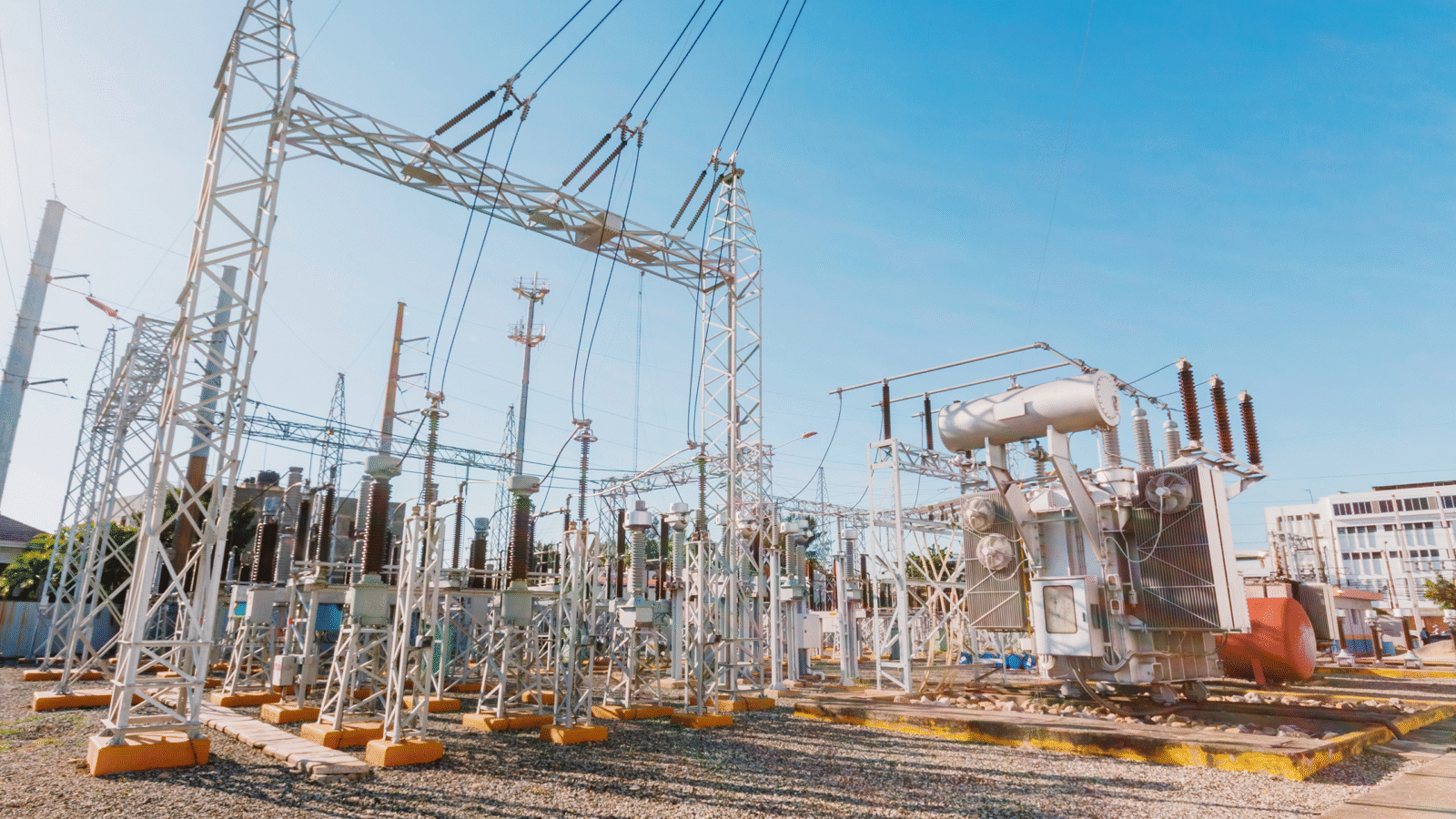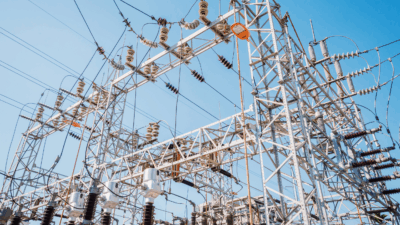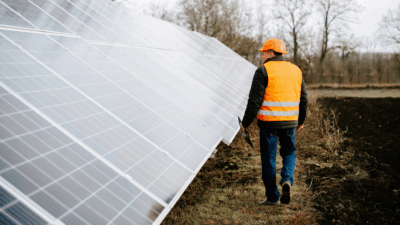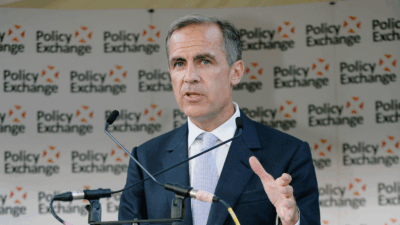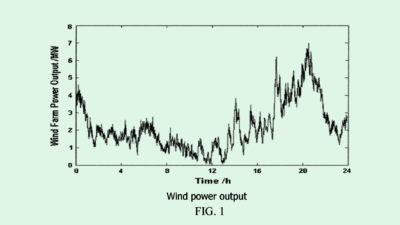Biden’s Ambitions for Offshore Wind Are High, Maybe Not Realistic
On Tuesday, the Biden administration approved the construction of a massive wind farm off the coast of Virginia.
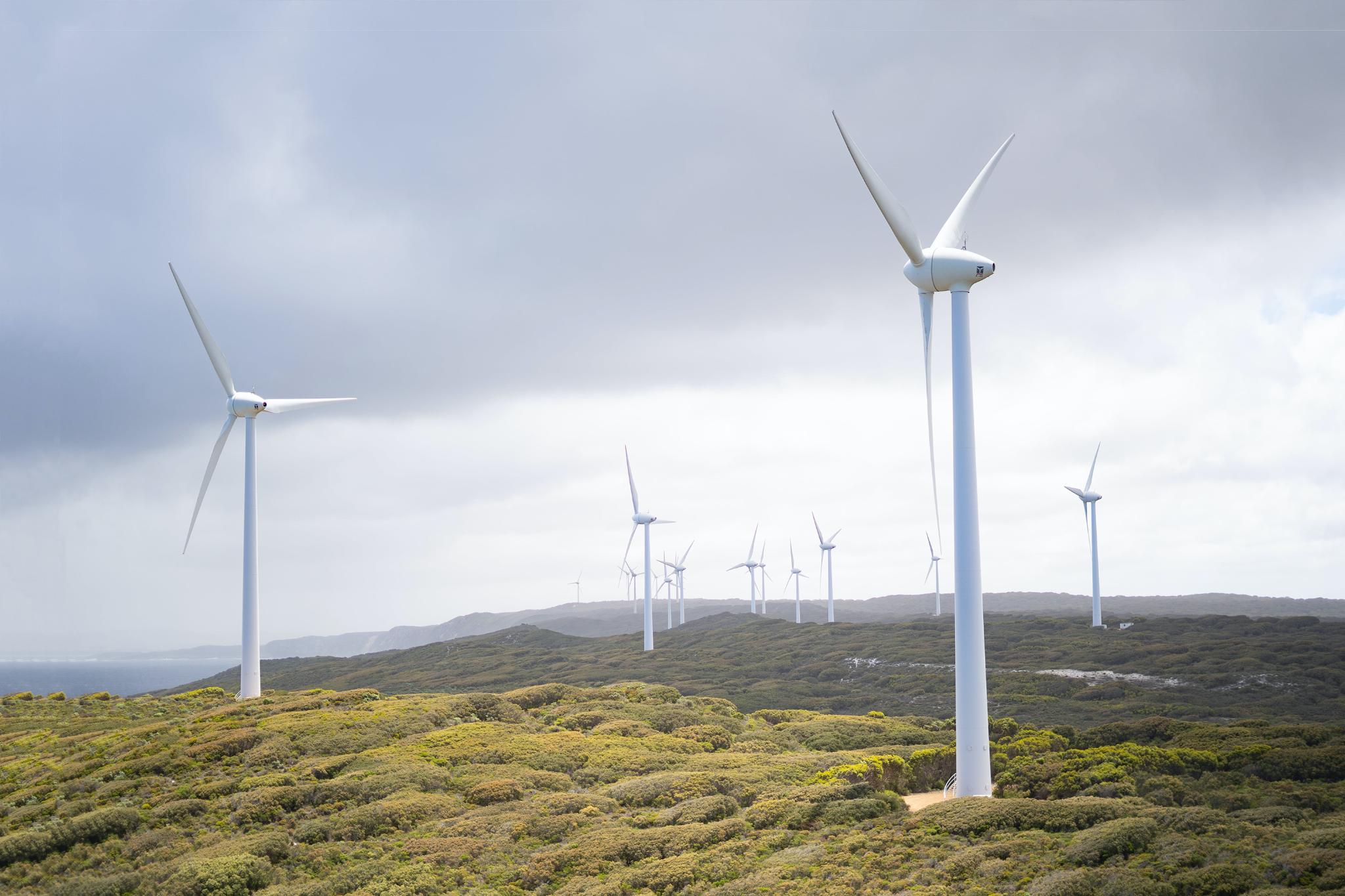
Sign up for smart news, insights, and analysis on the biggest financial stories of the day.
Wind farms are great but their price tags blow.
On Tuesday, the Biden administration approved the construction of a massive wind farm off the coast of Virginia, capable of powering nearly a million homes with none of the emissions associated with fossil fuels — if it’s actually completed.
Blow the Man Down
Much of the president’s economic platform is built around green-energy adoption and addressing climate change. Last summer, Congress approved the Inflation Reduction Act, which will pump roughly $370 billion worth of incentives into electric vehicle production, clean energy plants, and solar panel manufacturing among other green endeavors. The goal is to reduce carbon emissions by 2030 to half of what they were in 2005.
To show it’s not just blowing hot air, the White House approved Dominion Energy’s Coastal Virginia Offshore Wind project, the fifth commercial-scale offshore wind project approved by the administration. Located about 24 miles east of Virginia Beach, it will include 176 wind turbines with an estimated capacity of 2,600 megawatts. Construction is projected to be completed by 2026.
But there’s one tall problem blocking Biden’s wind-powered future: money. The Virginia project will cost nearly $10 billion and could easily shoot higher as construction gets underway. While the sector’s ambitions are high, many wind farms face uncertainty because of the toxic soup of inflation, supply chain issues, and high-interest rates:
- Developers behind four offshore wind farms and 86 land-based energy plants in New York were just denied additional funding. The projects were already set to cost taxpayers $10 billion, and new funding would’ve added another $12 billion on top of that. The state has pledged to have a 70% reliance on renewable energy by 2030.
- Avangrid recently agreed to pay $64 million to terminate wind power purchase agreements in New England to avoid billions of dollars in write-offs. The company said the projects were “unfinanceable” in their current states, but that it would consider rebidding at higher prices.
Biden’s hope is to have offshore wind producing 30 gigawatts of energy by 2030, but a Bloomberg analysis predicts it will likely reach only half that.
Obvious Opposition: It’s not just the cost of construction holding wind farms back. In Massachusetts, the Vineyard Wind project is facing multiple lawsuits that argue impact studies didn’t properly address the farm’s effect on endangered whales and local fisheries. However, one of those lawsuits is funded by the Texas Public Policy Foundation, which is backed by fossil fuel companies, The New York Times reported. Last time we checked, oil production is, well, not that great for marine life.
